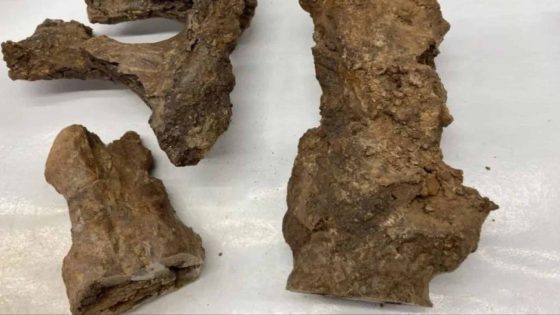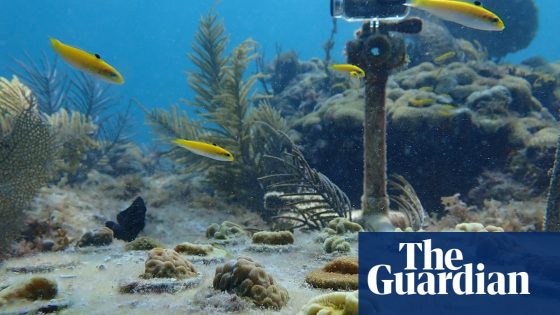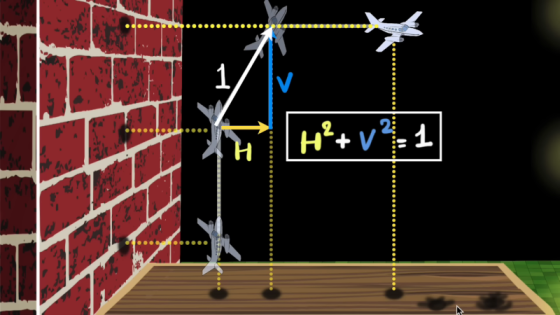Scientists have made a remarkable discovery: organic molecules in a 66-million-year-old dinosaur bone. This finding, announced on February 13, 2025, challenges long-held beliefs about fossilization. Could there be more secrets hidden in ancient fossils waiting to be uncovered?
- Collagen discovered in 66-million-year-old dinosaur bone
- Challenges long-held paleontological assumptions
- Modern techniques reveal hidden organic material
- Preservation mechanisms include mineral entrapment
- Cross-disciplinary research ensures result accuracy
- Potential for new insights into dinosaur biology
New Discovery of Collagen in Dinosaur Fossils Shakes Paleontology to Its Core
How could a protein like collagen survive in a fossil for 66 million years? This question has puzzled scientists for decades. The recent discovery from the University of Liverpool indicates that our understanding of fossilization might be fundamentally flawed. If proteins can endure such extreme conditions, what else might be preserved in other fossils?
Implications of Finding Organic Molecules in Fossils for Future Research
This breakthrough could revolutionize how scientists study dinosaurs. The presence of collagen opens up exciting possibilities for future research. Here are some key implications:
- Reconstruction of dinosaur biology: Analyzing proteins can reveal insights into how dinosaurs grew and functioned.
- Evolutionary connections: Comparing protein sequences may establish links between dinosaurs and modern birds.
- New fossil analysis techniques: Discovering organic materials could lead to innovative methods for studying fossils.
Understanding How Collagen Survived for Millions of Years
One of the most intriguing aspects of this discovery is how collagen remained intact. Researchers propose several theories:
- Mineral entrapment: Collagen may have been preserved within mineral deposits.
- Chemical stabilization: Proteins might have undergone changes that aided their preservation.
- Oxygen-free conditions: A low-oxygen environment could slow protein degradation.
Cross-Disciplinary Research Validates the Findings
The research team collaborated with experts across various fields to ensure accuracy. Techniques like tandem mass spectrometry confirmed the presence of collagen, providing definitive proof that these proteins originated from the fossil. This rigorous validation process strengthens the credibility of the findings.
In conclusion, the discovery of collagen in dinosaur fossils marks a pivotal moment in paleontology. As scientists explore these ancient remains, they may uncover more organic materials, transforming our understanding of dinosaurs and their world. What other mysteries lie within the bones of these ancient creatures?































